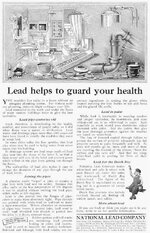GL
Bronze Member
Of these:

I found them a few years ago in an abandoned house on a shelf. They make me think of this:

So I keep them outside just in case they are real. I figured they were fakes because...well...look at it.
I was reading the brass gold ingot thread and was reminded of these weird bars I have.
Well? What do you all think?

I found them a few years ago in an abandoned house on a shelf. They make me think of this:

So I keep them outside just in case they are real. I figured they were fakes because...well...look at it.
I was reading the brass gold ingot thread and was reminded of these weird bars I have.
Well? What do you all think?


 I'm just wondering because sometimes we (myself included) assume things that may not be accurate.
I'm just wondering because sometimes we (myself included) assume things that may not be accurate.




